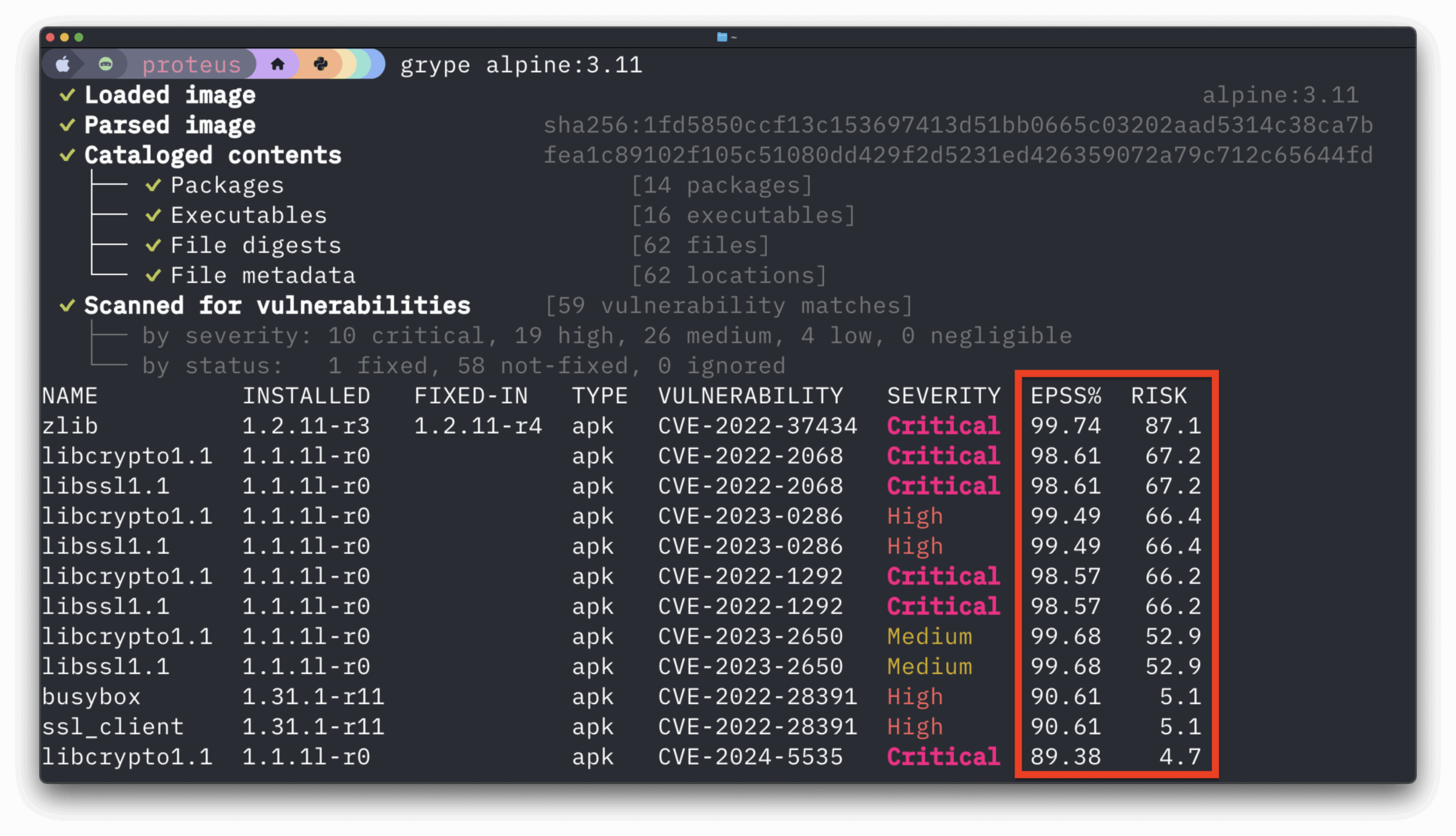Part of any DevOps to DevSecOps transformation is cultural transformation. While you’ve probably made steps to strengthen your development and operations cultures to embrace the concepts and tools that power DevOps, there’s going to be some more work to do to transform your burgeoning corporate DevOps culture to embrace DevSecOps fully.
DevSecOps is a growing movement in the commercial and public sectors to incorporate security into the software delivery process further. Monitoring and analytics in the continuous integration/continuous delivery (CI/CD) pipeline expose software risks and vulnerabilities to DevSecOps teams for their follow-up actions and remediation.
Here are some next steps to grow your DevOps culture to DevSecOps:
1. Position DevSecOps as the Next Step
DevOps is a journey for many in the IT industry. It takes time and investments in staffing, tools, processes, and security to move from a traditional waterfall-driven software development life cycle (SDLC) to DevOps. There are two scenarios for organizations who want to move to DevSecOps:
- Moving straight from a waterfall SDLC, skipping traditional DevOps, and moving right to DevSecOps
- Moving from DevOps to DevSecOps through upgrading the CI/CD toolchain with a range of security automation tools, shifting security left, and bringing security team members into the development cycle
Either DevSecOps adoption scenario needs outreach and training support to communicate expectations, next steps, and changes to your developers, sysadmins, and security team. Work closely with your teams during your move to DevSecOps to answer their questions, take their feedback on progress and changes, while giving the transformation project a chance to pivot based on lessons learned along the way.
2. Move from Gated Processes to Shared Responsibility
DevOps depends on gates between each stage. Managers, stakeholders, and even entire development organizations can justify these gates because they provide a sense of security for troubleshooting, halting delivery, or stakeholder inquiries into the project.
DevSecOps substitutes mutual accountability for those gates. Mutual accountability comes about through process changes and improving collaboration between your development, security, and operations teams through cross-functional teams supported by the proper technology tools and executive sponsorship.
3. Communicate about Security outside your IT Department
Such a new and enduring focus on security during the application delivery life cycle means you have to keep communications and outreach channels open with your stakeholders and user community. You need to create strong internal communications about how DevSecOps is changing how your teams deliver software, and its benefits they can expect from this transformation.
You need to extend your security education to other departments, such as your sales and marketing teams. For example, moving to a DevSecOps model gives your marketing team the reason to create security-focused messaging and collateral that your sales team can use to reach prospective and existing customers who’re security conscious.
4. Make Security no longer “Us vs. Them”
Gone are the days the cybersecurity team was the “Team of No,” and security testing took place right before product launch. Today consumers and enterprise customers want rapid updates and app stores. It’s time to dismantle the vestiges of “us vs. them” and make security a priority in your application development from project kickoff. Do everything you can process and tool-wise to move away from the stress of incident and issue-driven security responses, leading to fixing security issues at the end of your development life cycle.
Building collaboration between your DevOps and security teams starts with:
- Building security into each stage of your CI/CD workflow
- Integrating mandatory security checks into your code reviews
- Integrating automated container security scanning into your container supply chain
Beyond these incremental steps to build collaboration between your teams, it helps managers and team leads to set the example for collaboration. Organizational culture and internal politics can breed rivalries that can interfere with collaboration, if not the entire DevOps cycle.
5. Target Developers’ Baggage
Developers bring the best practices and bad habits of every previous employer and past contract with them. There are plenty of developers who can sort this out from their work, but some find challenges in sorting such things out for themselves. DevOps and DevSecOps definitions and implementations vary. Not to mention, COVID-19 is also raising stress levels at home and work for people causing work to slip.
Some common ways to target developer baggage include:
- Focusing on developer experience (DX) throughout your development tool and CI/CD toolchain selection
- Communicate about your processes in terms of frameworks that capture approved tools, processes, and expectations for your developers, QA, and system administrators during employee onboarding
Final Thoughts
Culture can be the most essential but often misunderstood portion of DevOps transformation. I’m fond of the old saying that goes, “you can’t buy DevOps.” The same goes for DevSecOps. The security and compliance implications of DevSecOps make it, so you need to go further with your security outreach and communications to help push cultural transformation forward.



